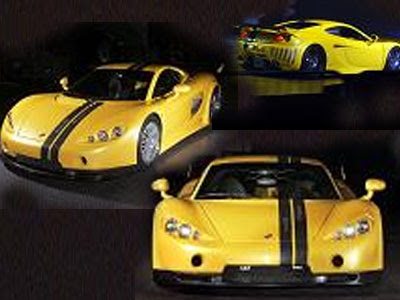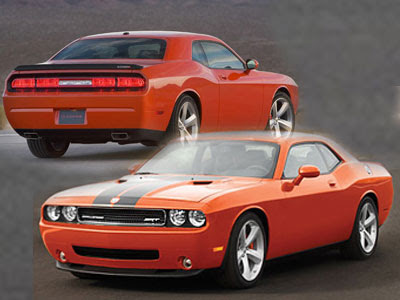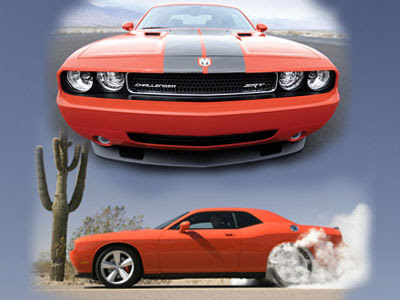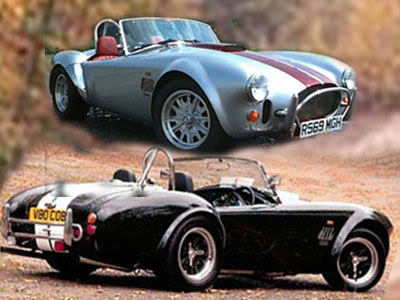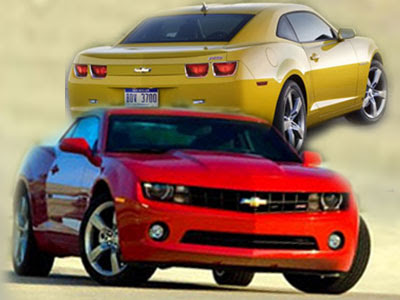
Chevrolet Camaro 2010 Modern Sports Car
Release for the 2010 Chevrolet Camaro.
Built on GM’s new, global rear-wheel-drive architecture, the Camaro is offered in V-6- powered LS and LT models, as well as the V-8-powered SS. All models and powertrain combinations include fuel-saving six-speed transmissions.
Advanced powertrain technologies, including engines with direct injection and Active Fuel Management, enable a satisfying balance of exhilarating performance and good fuel economy.
Indeed, the 2010 Camaro exemplifies GM’s global development process. The design concept originated in the United States; engineering was directed by GM’s global rear- wheel-drive team in Australia; validation was conducted on roads around the world and assembly will take place at GM’s award-winning Oshawa facility in Canada.
Product highlights include:
Sleek styling with contemporary cues and 10 available exterior colors
LS and LT models offered with an advanced, 3.6L direct-injected V-6 engine with variable valve timing and a choice of six-speed manual or automatic transmissions
SS model offered with 6.2L V-8 – including fuel-saving Active Fuel Management on automatic-equipped combinations – and a six-speed manual transmission
Four-wheel independent suspension system, including a 4.5-link rear suspension
Variable-rate power steering with the rack mounted forward of the front axle for greater driver feel
Four-wheel disc brake systems standard on all models, including four-piston Brembo calipers on SS models
StabiliTrak stability control system and traction control standard on all models
Competitive/Sport modes for the stability system offered on SS models, including launch control on SS models equipped with the six-speed manual transmission
XM Satellite Radio
Additionally, details such as frameless door windows with automatic indexing glass contribute to the overall feeling of quality, substance and technical prowess.
With a design that is very faithful to the original concept, the 2010 Camaro is a 21st century sports car that acknowledges its heritage. A long front dash-to-axle and short rear deck give the Camaro classic proportions, while a sleek windshield profile, wheels pushed to the corners and muscular fender forms are modern elements that reinforce its advanced engineering – and give the car a decidedly aggressive stance.
Elements such as a forward-V shape at the front of the car and “gills” in the rear quarter panels are distinctly Camaro cues, as are the broad rear fender “shoulders.” Those elements make the new Camaro instantly recognizable, but their execution is smoothly integrated into the contemporary exterior form. A family of large, 18-, 19- and 20-inch wheels also contributes to the Camaro’s modern appearance.
A well-executed balance of heritage, modern design and attention to detail also characterizes the Camaro’s interior. A pair of deeply recessed instrument binnacles that
feature round gauges in square housings is a nod to classic Camaros, while an available ambient light package offers advanced LED light pipe technology to give the cabin a distinctive and inviting glow. Cloth upholstery is standard; heated leather-appointed seats are available.
Details such as large, chrome-trimmed controls, low-gloss surfaces and premium fabric or acrylic appliqués convey a richness that is unprecedented in previous Camaro models – and challenge its contemporary competitors. More great detail is evidenced in the available center-console gauge cluster, which takes its cue from a similar option on 1969 Camaros. It displays oil temperature, oil pressure, state-of-battery and transmission fluid temperature, all highlighted with modern LED backlighting.
Powertrains
An advanced, efficient 3.6L direct-injected V-6 with variable valve timing is standard on LS and LT models. direct injection technology helps the engine deliver more power through increased efficiency, while maintaining fuel economy and lowering emissions. That means less fuel is consumed and lower emissions generated – including a 25- percent drop in cold-start hydrocarbon emissions.
The Camaro’s 3.6L engine also employs variable valve timing to optimize performance and fuel economy across the rpm range. It is rated at an estimated 300 horsepower (224 kW) and 273 lb.-ft. of torque (370 Nm). A six-speed manual transmission is standard with the 3.6L engine; a Hydra-Matic 6L50 electronically controlled six-speed automatic, with TAPshift control, is available.
The high-performance Camaro SS is equipped with a powerful 6.2L V-8, with a choice of a six-speed manual or six-speed automatic transmission. Standard, manual transmission-equipped models receive the LS3 engine, estimated at 422 horsepower (315 kW) and 408 lb.-ft. of torque (553 Nm). The LS3 debuted on the 2008 Corvette and uses high-flow cylinder heads based on the Corvette Z06’s LS7 engine to enable great low-end torque and high-rpm power. It is paired with a TR6060 six-speed transmission.
A new, L99 V-8 engine is used on automatic transmission-equipped SS models. It is based on the LS3 and carries all of its high-performance design features, but also includes GM’s fuel-saving Active Fuel Management feature. It enables the engine to run on only four cylinders during light-load driving conditions, such as highway cruising, to improve fuel economy. The V-8 is estimated at 400 horsepower (299 kW) and 395 lb.-ft. of torque (535 Nm); and it is matched with a Hydra-Matic 6L80 six-speed transmission. This combination delivers an estimated 23 mpg on the highway.
